
Total
Protein
Determinati
on By
Spectropho
tometer
Omeed Akbar
Ali
Biochemistry
Lab.
BIOCHEMISTRY FOR MEDICS 21/11/2021
1

Introduction
❖ Plasma consists of water, electrolytes, metabolites, nutrients,
proteins and hormones.
❖ The concentration of total protein in human plasma is
approximately
6.0–8.0 g/dL
and comprises the major part of
the solids of the plasma.
(
but this may vary depending on the method of analysis
.)
❖ Site of synthesis
❖
Liver - 90% plasma proteins
❖
Plasma cell (B lymphocytes) - γ globulin
❖
Peptide hormones – Endocrine glands
2
BIOCHEMISTRY FOR MEDICS 21/11/2021

Total Protein
3
BIOCHEMISTRY FOR MEDICS 21/11/2021
❖ Total Protein, is a biochemical test for measuring the total amount of protein in
serum.
❖
Protein is made up of albumin and globulin.
❖
The proteins of the plasma are a complex mixture that includes not only simple
proteins, but also conjugated proteins such as glycoproteins and various types
of lipoproteins.
❖
The traditional method for measuring total protein uses the biuret reactions.

Purpose of the total protein test
BIOCHEMISTRY FOR MEDICS 21/11/2021
4
A total protein test is completed as part of routine health checkup. It may
be ordered to investigate:
✓ Unexplained weight loss.
✓ Fatigue.
✓
Edema
, which is swelling caused by extra fluid in the tissues.
✓ Symptoms of kidney or liver disease.
▪ Examples of symptoms associated with liver or kidney disease include jaundice,
urinary changes, fatigue, unexplained swelling, nausea, vomiting, and abdominal
pain.
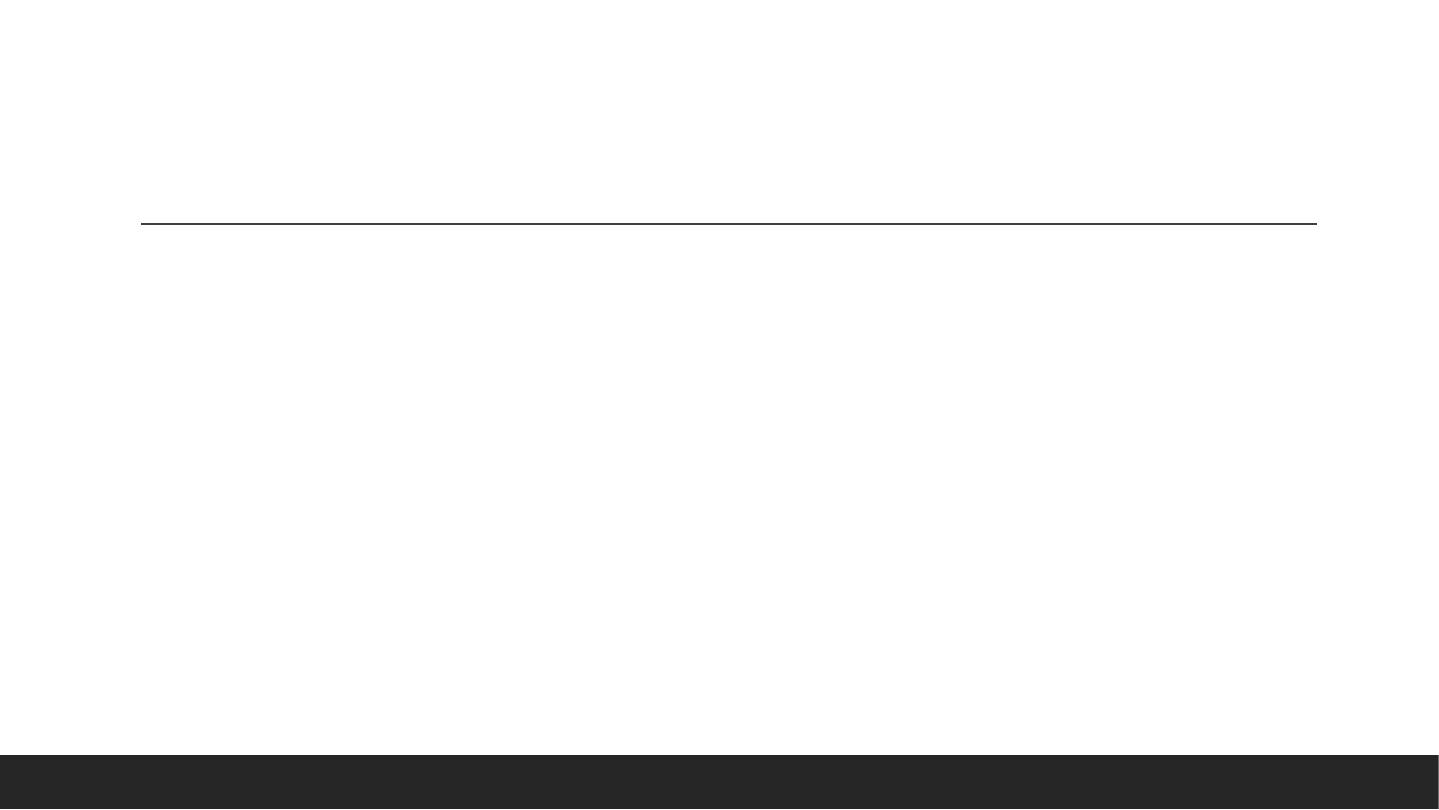
Samples that protein measured in:
BIOCHEMISTRY FOR MEDICS 21/11/2021
5
1. Plasma :
(6.0 – 8.0 g/dL).
▪ The purpose of a total protein test is to check the levels of proteins in the blood. Too much or too little
protein can reflect conditions including liver or kidney disease, infection, inflammation,
malnutrition and cancer.
2. Urine :
(kidney damage), (Normal range: 0- 20 mg/dL).
Note :
Protein levels may also rise temporarily due to factors such as infection, stress, or excess exercise.
3. CSF :
(Normal Range:
15
- 60 mg/dL).
• Why Get Tested?
- To help diagnose or monitor conditions that result in abnormal protein production or loss of protein.
• When To Get Tested?
- When you have an abnormal result on a
total protein
,
albumin
, or
immunoglobulins
blood test;
when you have symptoms of a disease that is associated with abnormal protein production such
as
multiple myeloma
, Wald Enstrom macroglobulinemia, amyloidosis, monoclonal gammopathy of
underdetermined significance (MGUS),
lymphoma
,
chronic lymphocytic leukemia
or
multiple sclerosis.
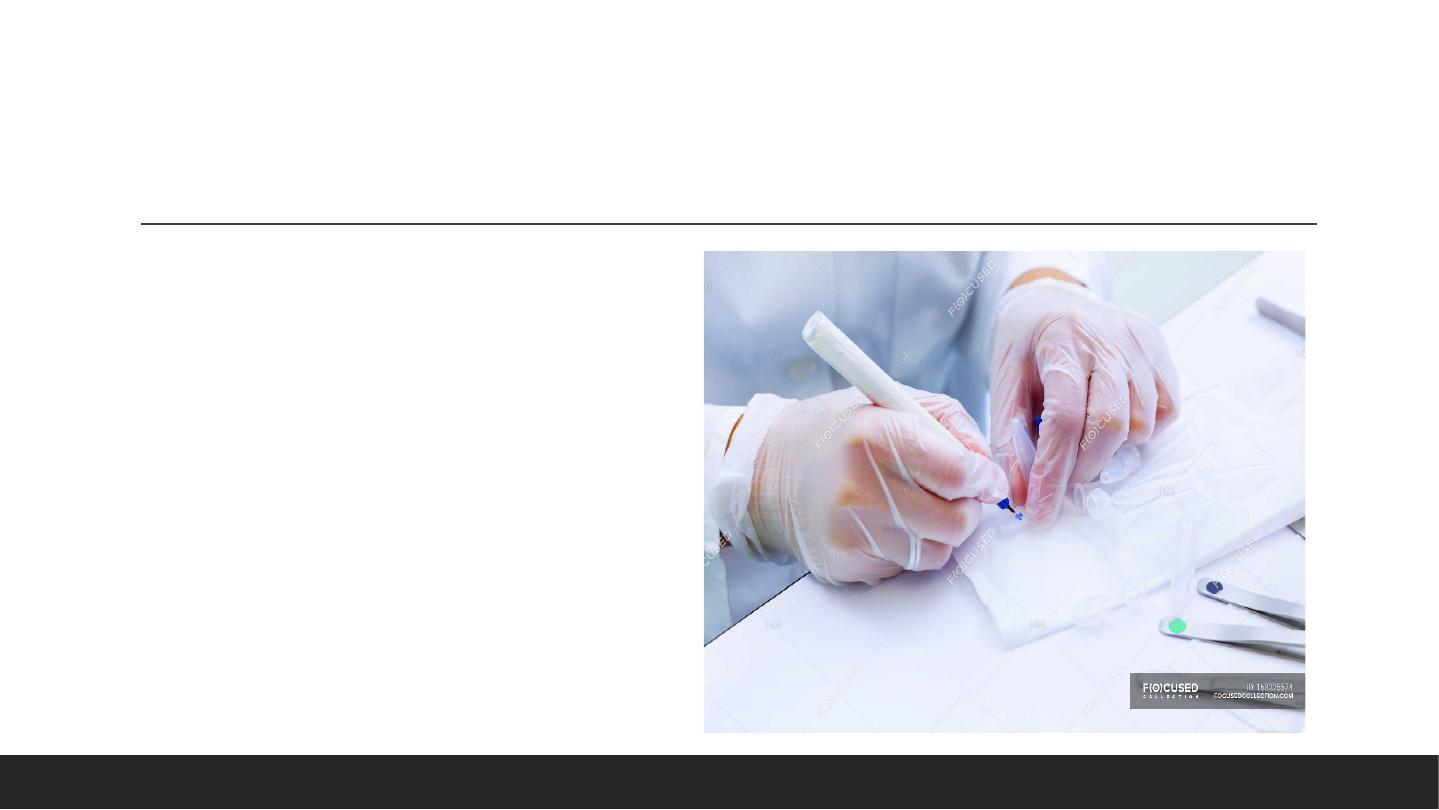
Normal Range:
BIOCHEMISTRY FOR MEDICS 21/11/2021
6
Newborn
5.2-9.1
g/dl
52-91
g/I
Children
5.4-8.7
g/dl
54-87
g/I
Adults
6.7-8.7
g/dl
67-87
g/I
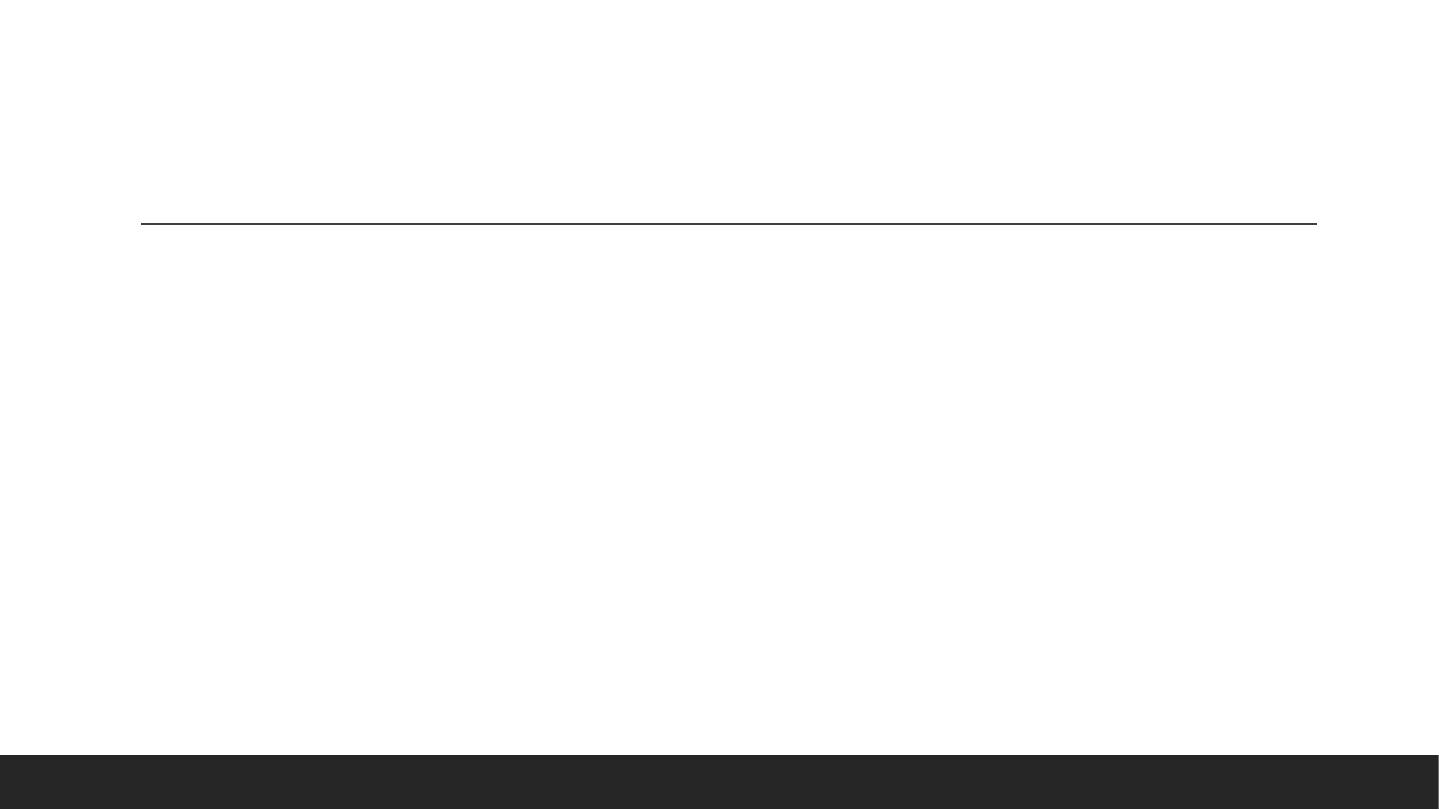
Interpretation
❖
Concentrations below the
reference range
usually reflect
low
albumin concentration, for instance in
liver disease
or
acute infection
.
▪ Rarely, low total protein may be a sign of immunodeficiency.
❖
Concentrations above the reference range are found in
paraproteinaemia
,
Hodgkin's lymphoma
,
leukaemia
or any condition causing an
increase in immunoglobulins
.
▪ Total protein is also commonly elevated in
dehydration
and
C677T gene mutation
.
BIOCHEMISTRY FOR MEDICS 21/11/2021
7
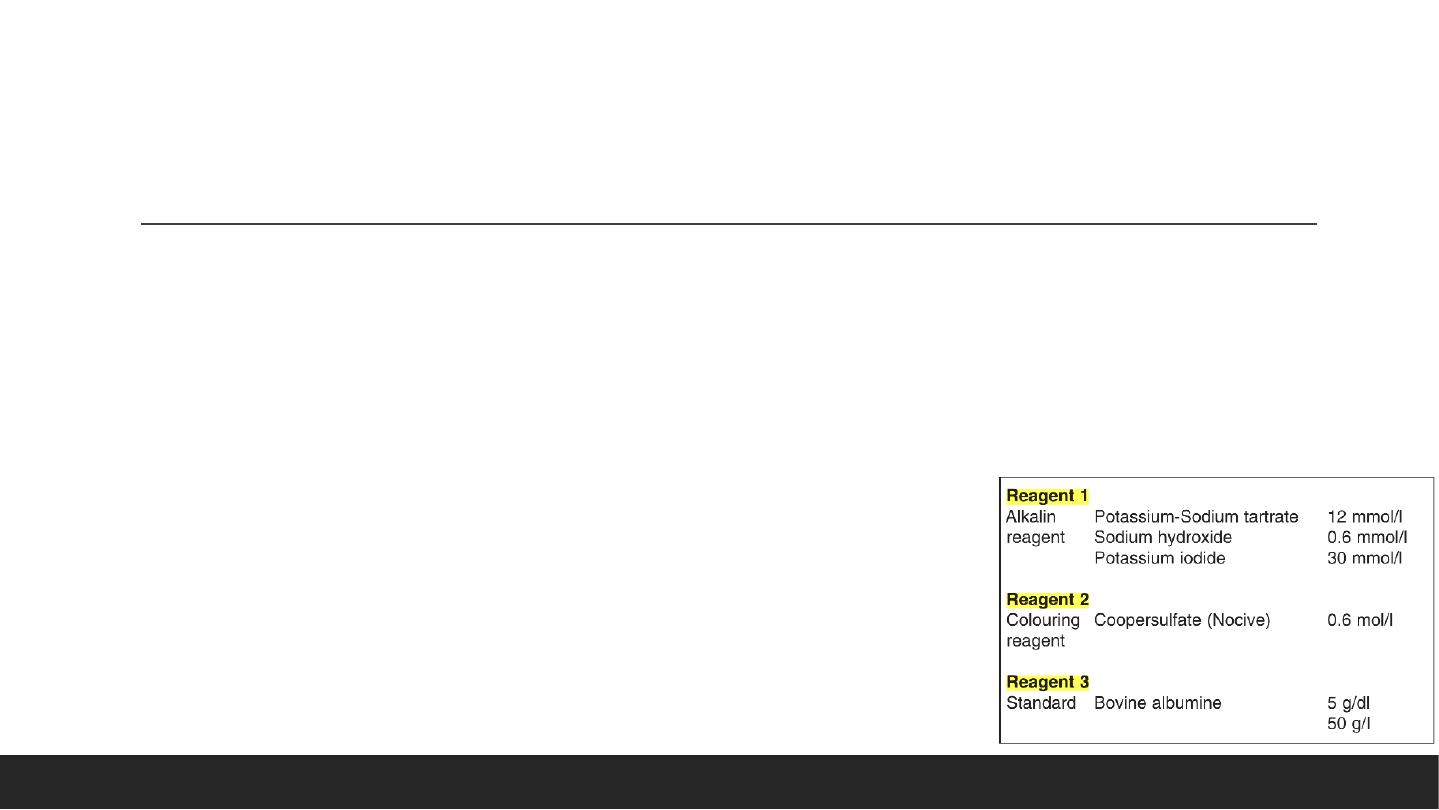
Material & Method
BIOCHEMISTRY FOR MEDICS 21/11/2021
8
Materials:
•
standard protein solution, Reagent, Sample protein,
Distal water, Spectrophotometer.
•
Preparation and Stability
-
Working Reagent
Mix 3 ml of reagent R
2
in 1 container R
1
Principle:
Serumal proteins formed in alkaline medium a coloured complex whose
intensity is proportional proteins in the sample (Biuret reaction).
•
Proteins in solution absorb ultraviolet light with absorbance maximum at
546 nm.

BIOCHEMISTRY FOR MEDICS 21/11/2021
9
Methods
Blank
Reagent
Stander
Sample
Working
Reagent
1 ml
1 ml
1 ml
R3. Standard
_
20 μl
_
Sample
_
_
20 μl
Distal water
20 μl
_
_
•
Mix and incubate minutes at +20 - 25°C
•
Measure the extinction against blank reagent
•
The colour of reaction is stable for 30 minutes
PROCEDURE
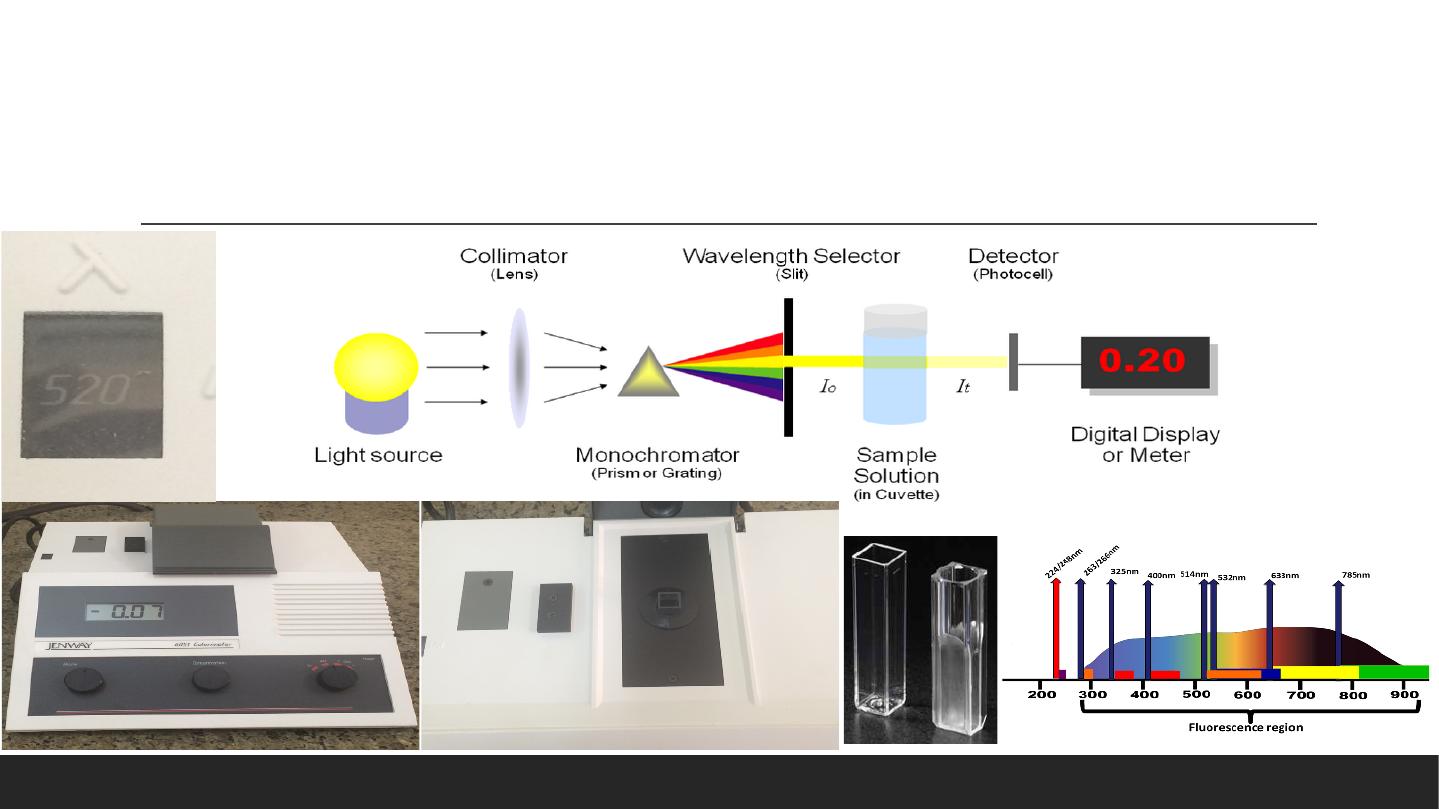
Basic structure of spectrophotometers
10
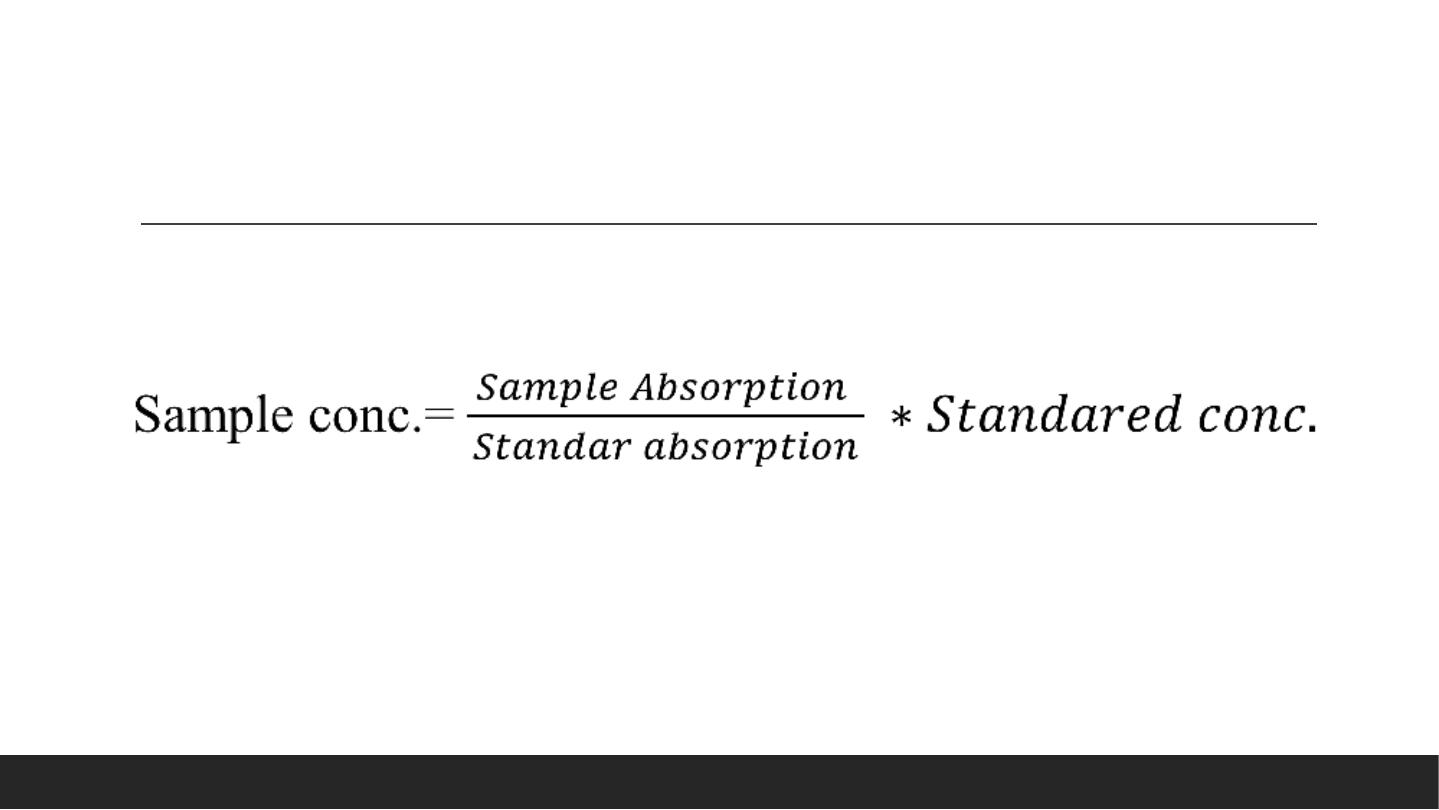
Calculation:
11
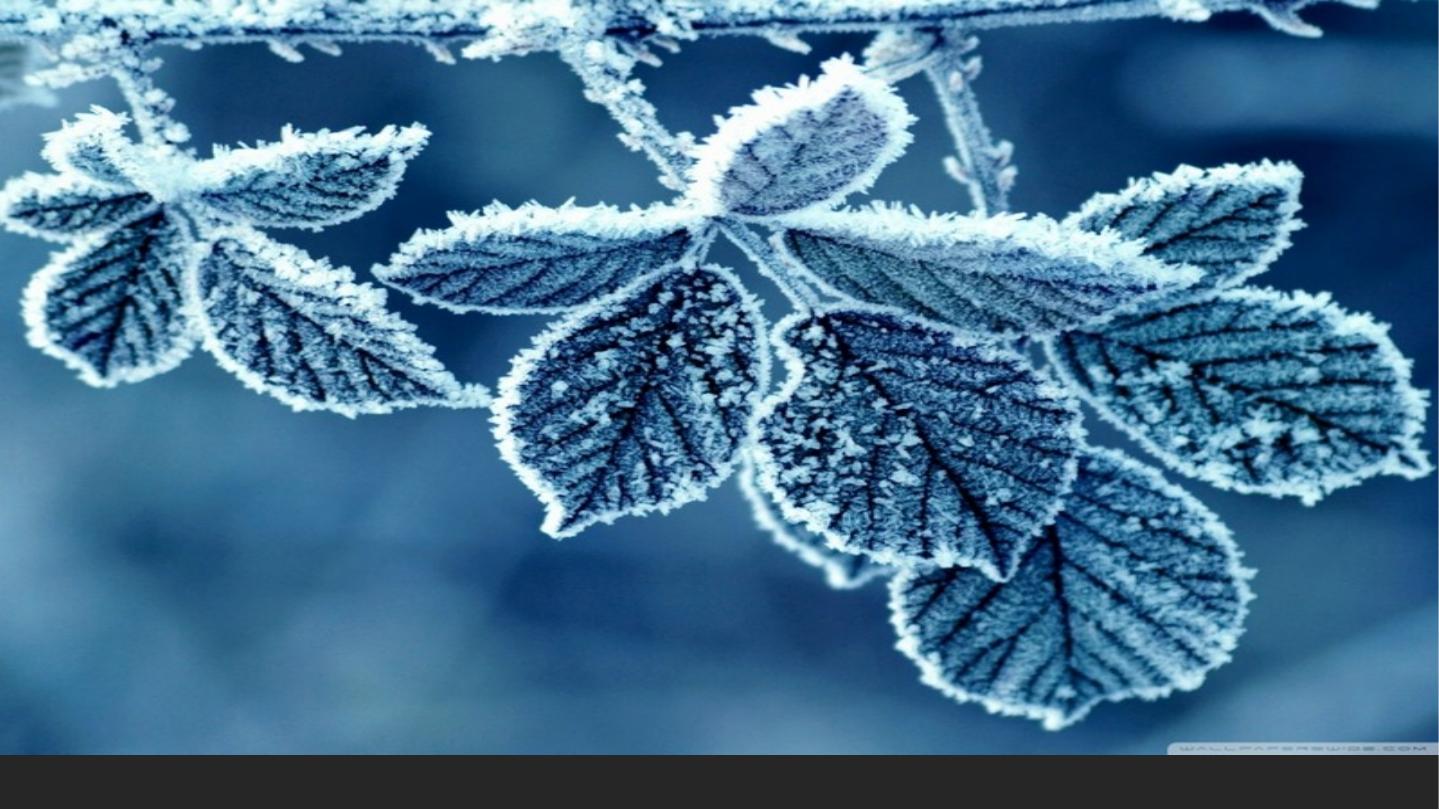
12
Thanks For
Listening …
